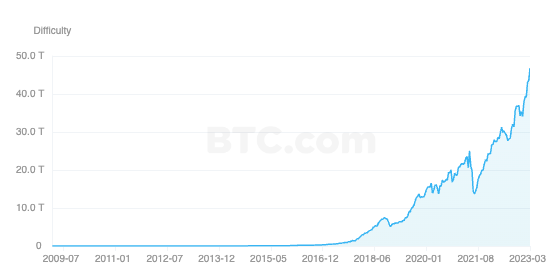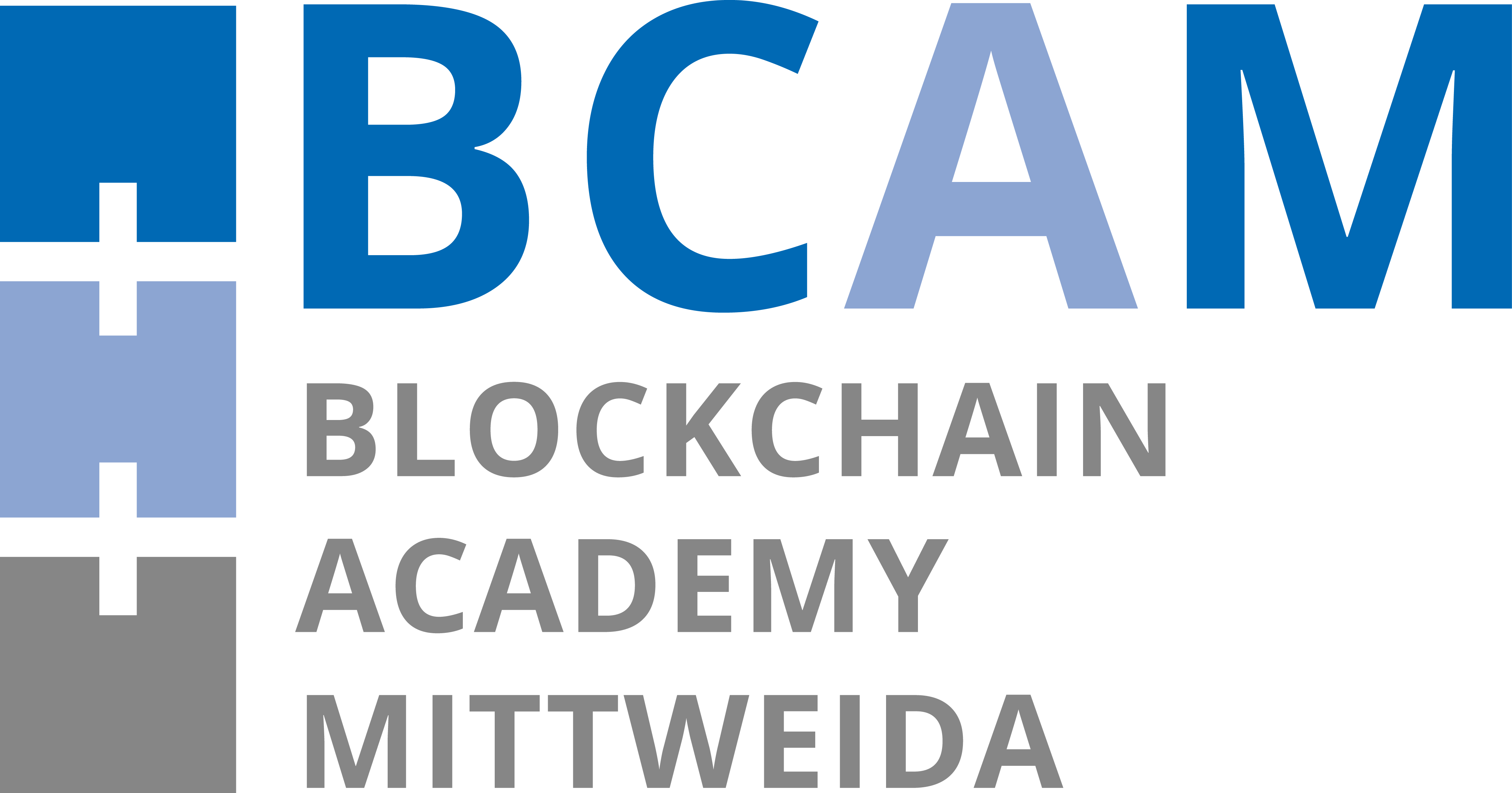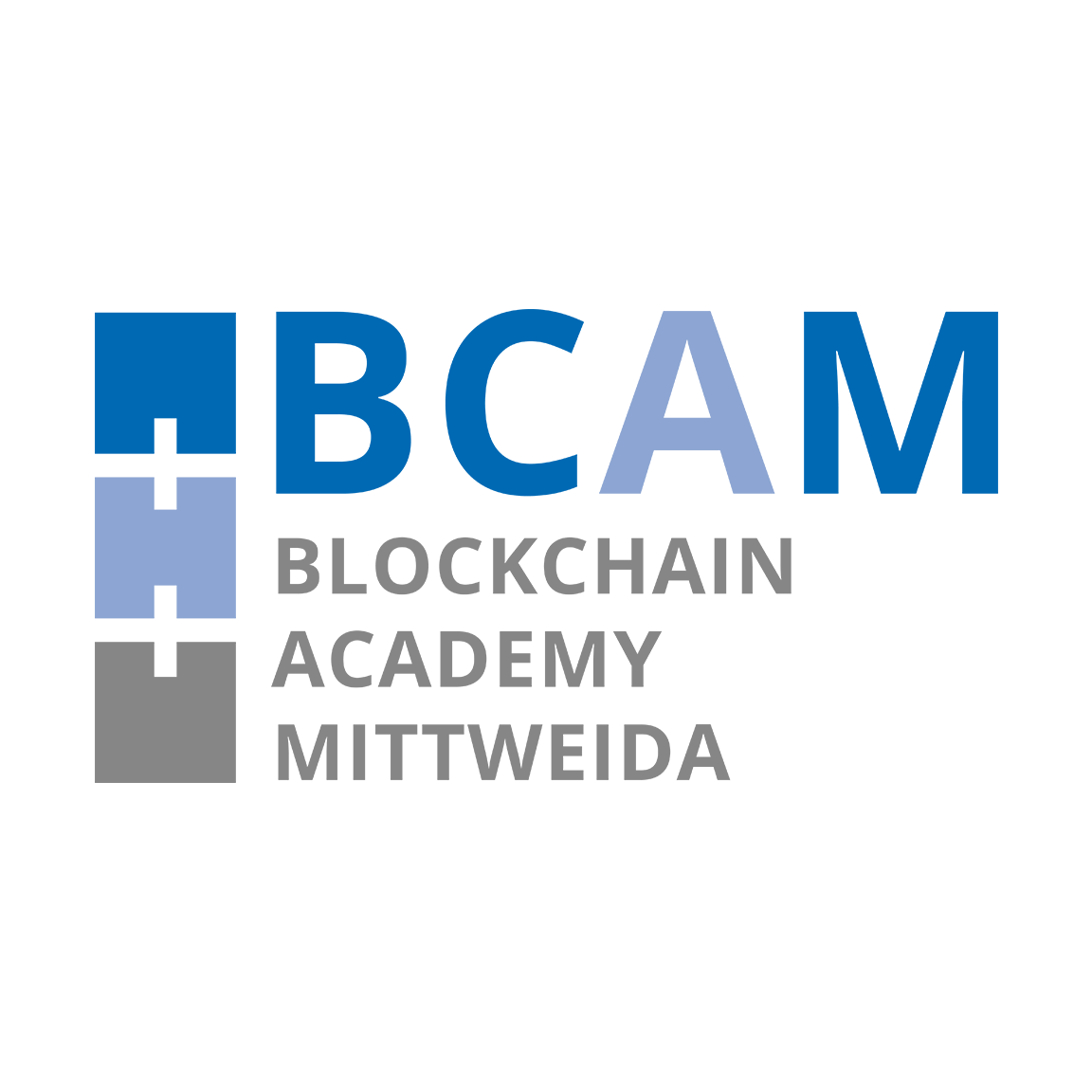Mining Difficulty
Last Updated on 6. April 2023 by Martin Schuster
Over time more miners might try their luck in finding the solution to the hash puzzle. Another scenario is that the speed of the hardware improves. This would mean more attempts per second are made to solve the puzzle. This would reduce the time between two blocks dramatically over time. Which sounds like a good thing at first glance poses serious problems. If blocks are found too fast other miners would have no chance to hear of these new blocks in time because of the network latency.
On the other hand, miners could just drop out of the game, which would result in a lower hash rate and longer block finding times in the network. In order to keep the block finding time at a constant level, the difficulty needs to adjust dynamically. In Bitcoin, this is done every 2016 blocks by the miners following a predefined formula.
When Bitcoin started, it was pretty easy to find a hash puzzle solution since there were only a few miners with consumer-grade hardware. This meant you could find puzzle solutions basically with your notebook. Nowadays, you need a lot of specialized hardware (and electricity) for this task.
The chart below shows the development of the difficulty in the Bitcoin network from 2009 until 2023.


 Register
Register Sign in
Sign in